Border Collies are renowned for their intelligence, agility, and boundless energy. This breed, originally from the UK, is known for its herding skills and often requires a diet that matches its high activity levels. Ensuring that a Border Collie receives the right amount of food is crucial for maintaining their health, energy, and overall well-being. However, the specific amount they should be fed can vary based on various factors such as age, weight, activity level, and the type of food they’re eating.
In this article, we’ll delve into the nitty-gritty of feeding a Border Collie, giving you insights and guidelines to ensure your canine companion is getting the nutrition they need.
1. Understanding Border Collie Caloric Needs
Every dog breed has unique caloric requirements based on its size, metabolism, and activity levels. Border Collies, due to their high energy and activity levels, often have higher caloric needs than more sedentary breeds of the same weight. On average, an active adult Border Collie requires about 1,000 to 1,400 calories per day. However, this is just a guideline, and individual needs can vary.
2. Puppy Nutrition
Border Collie puppies grow rapidly and thus have a heightened nutritional requirement. They may consume as much as 800 to 1,000 calories daily, but this is divided into more frequent meals – often 3 to 4 times a day. As they grow, the total caloric intake will increase, but the frequency of meals can decrease.
3. Senior Dogs
As Border Collie’s age, their metabolism tends to slow down, and they become less active. Senior Border Collies may only require around 700 to 900 calories a day, depending on their health and activity levels.
4. Active vs. Sedentary Border Collies
Not all Border Collies have the same energy levels. Those involved in regular herding, agility courses, or other intense activities might need even more than the average caloric intake. In contrast, a more sedentary or apartment-living Border Collie might require fewer calories to prevent obesity.
5. Types of Dog Food
- Dry Food: Kibble or dry dog food is a popular choice among Border Collie owners. The calorie content in dry food can range widely, so always check the label. On average, a cup of dry dog food contains 300 to 400 calories.
- Wet Food: Canned or wet food is often more palatable and contains more moisture. However, it’s typically less calorie-dense than dry food. A can might contain around 150 to 250 calories, but this can vary based on ingredients.
- Raw or Homemade Diets: These diets can be nutritious when appropriately formulated. However, the caloric content can vary significantly based on ingredients. Always consult a vet or dog nutritionist when considering raw or homemade diets.
6. Monitoring Weight and Adjusting Portions
It’s essential to monitor your Border Collie’s weight and adjust their food portions accordingly. Regular vet check-ups and at-home weigh-ins can help you keep track of any weight changes. If your Border Collie gains or loses weight unexpectedly, consider adjusting their food portions or consulting with a vet.
7. Estimated Monthly Cost of Feeding a Border Collie
The cost of feeding a Border Collie can vary widely based on the type and brand of food you choose. On average, high-quality dry dog food can cost anywhere from $40 to $70 for a 30-pound bag. Given that an adult Border Collie might consume about 2 to 3 cups a day, a bag could last anywhere from 30 to 45 days. Therefore, you might spend $40 to $100 a month on dry food, depending on the brand and exact intake. Including treats and potential supplements, the cost can be on the higher end of this range.
Our 5 Top Foods for Border Collies
The diets were selected by our founder Justin Palmer, a certified canine nutrition expert, specifically with Border Collies in mind:
Conclusion
Feeding a Border Collie requires understanding their unique nutritional needs, influenced by their high energy levels and active lifestyles. Whether you have a bustling puppy, an active adult, or a serene senior, ensuring they receive the right nutrition in the appropriate amounts is the key to their long-term health and happiness. Regular vet check-ups, monitoring weight, and understanding caloric needs are essential components of responsible Border Collie ownership.
Frequently Asked Questions About Feeding a Border Collie
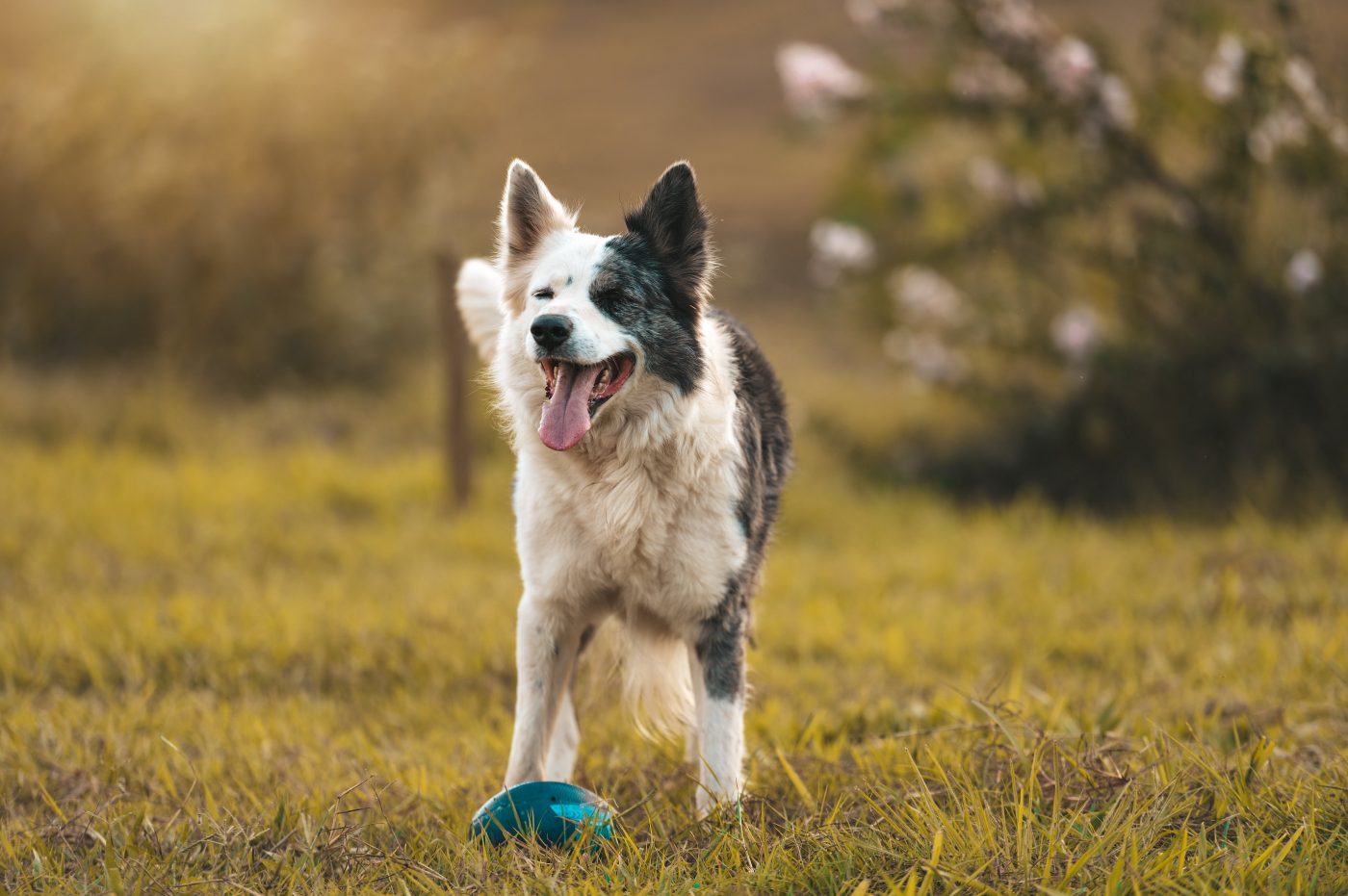
1. How many calories does an average adult Border Collie require daily?
An active adult Border Collie typically requires between 1,000 to 1,400 calories per day. However, this amount can vary based on factors like age, activity level, and overall health. Always adjust according to your dog’s specific needs and consult with a vet if uncertain.
2. How often should I feed my Border Collie puppy?
Border Collie puppies grow rapidly and have higher nutritional requirements. They should be fed 3 to 4 times a day, dividing their daily caloric intake into these smaller meals. As they mature, the number of feedings can be reduced.
3. Can I feed my Border Collie a raw or homemade diet?
Yes, you can feed your Border Collie a raw or homemade diet, but it’s crucial to ensure the diet is nutritionally balanced. Always consult with a veterinarian or canine nutritionist to formulate a diet that meets your dog’s specific needs.
4. How do I determine if my Border Collie is overweight or underweight?
Regular vet check-ups can help determine if your dog is at a healthy weight. Additionally, at home, you should be able to feel but not see their ribs, and they should have a visible waistline when viewed from above.
5. Are there specific foods or ingredients I should avoid giving my Border Collie?
Yes, there are foods toxic to dogs, including chocolate, grapes, raisins, onions, garlic, and xylitol (a sweetener). Always be cautious about human food and ensure any treats or foods you provide are safe for canine consumption.
6. How much water should my Border Collie drink daily?
An average dog should drink about an ounce of water per pound of body weight daily. For Border Collies, this might range from 30 to 60 ounces, depending on their size. Ensure fresh water is always available for them.
7. Do Border Collies have specific dietary needs compared to other breeds?
Border Collies often have higher energy needs due to their active nature. While their basic dietary components (protein, fats, carbs) remain similar to other breeds, they might require more calories, especially if they are highly active.
8. How much dry food should I feed my adult Border Collie?
The amount of dry food will depend on its caloric content. On average, if a cup of dry food contains around 350 calories, an active adult Border Collie might consume 3 to 4 cups daily. Always refer to the food label and adjust based on your dog’s needs.
9. Can I feed my Border Collie only wet food?
Yes, you can feed your Border Collie only wet food, but ensure it’s a complete and balanced diet. Wet food is typically less calorie-dense than dry food, so you may need to feed more volume to meet your caloric needs. Always check the label for feeding guidelines.
10. Should I be concerned if my Border Collie suddenly loses interest in food?
A sudden loss of appetite could indicate a health issue and should be a cause for concern. Monitor your dog for any other unusual behaviors or symptoms and consult with a veterinarian if the loss of appetite persists or if you notice any other concerning signs.
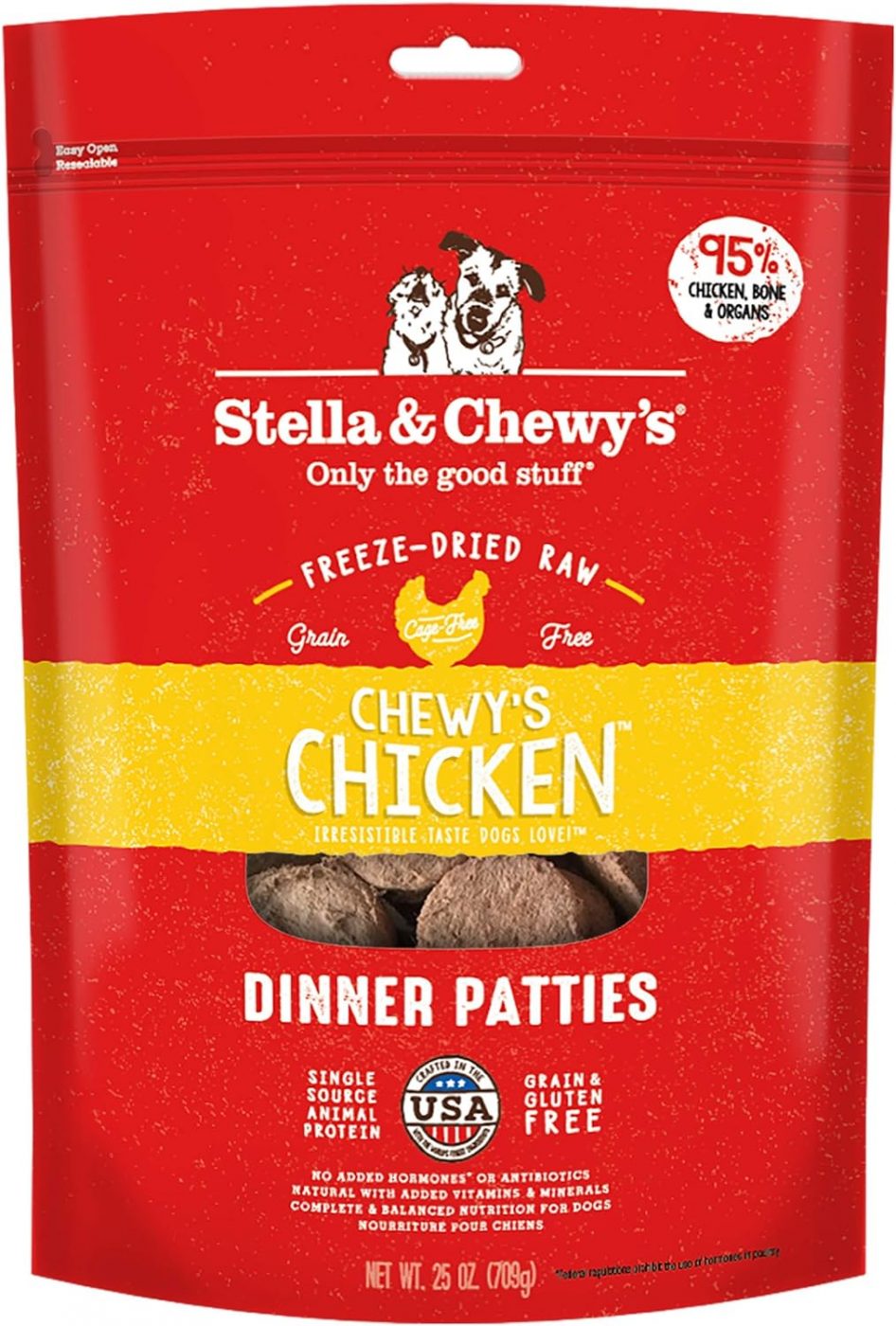
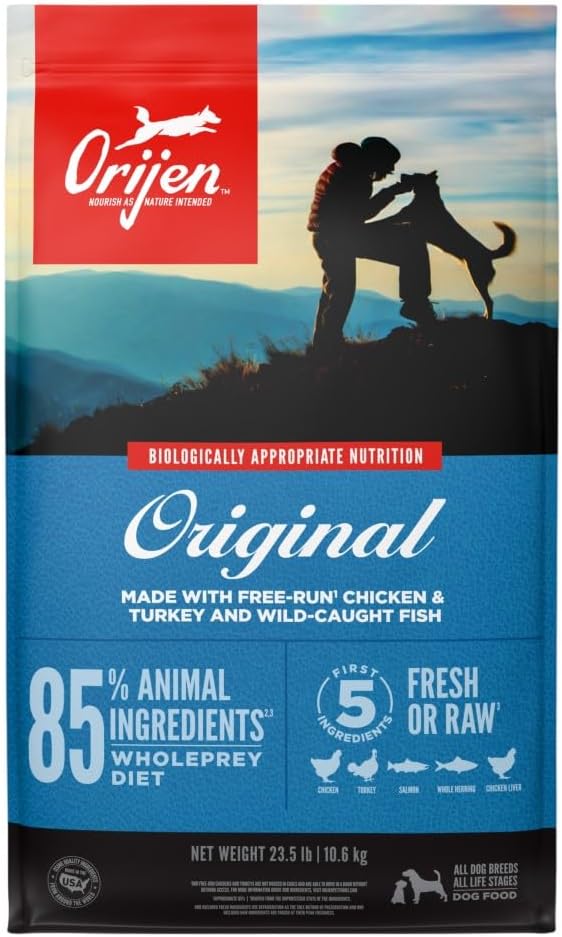
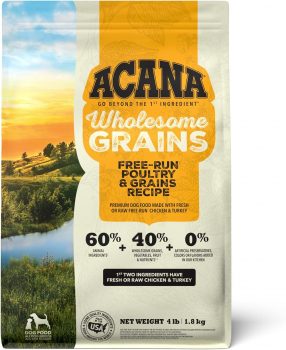
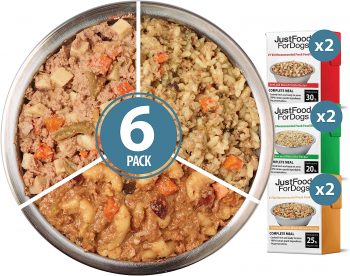
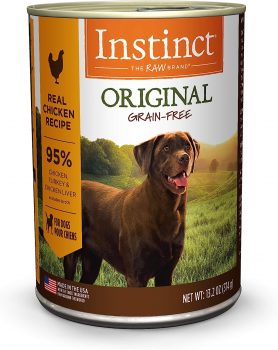
 Toledo, United States.
Toledo, United States.